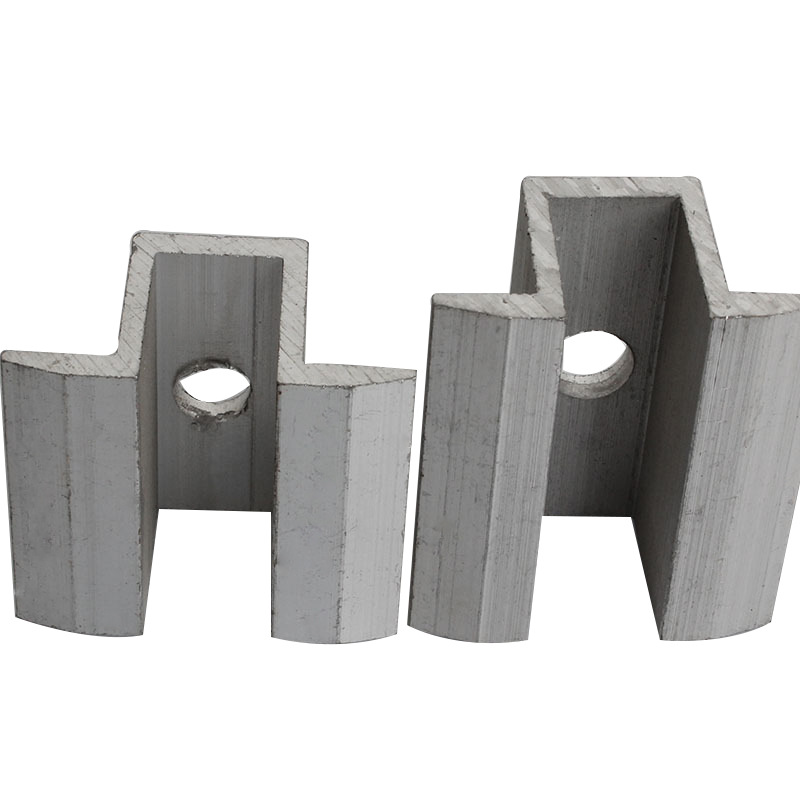

Essential Solar Roof Mounting Solutions for Efficient Energy Generation and Installation
Oct . 05, 2024 02:21 Back to list
Essential Solar Roof Mounting Solutions for Efficient Energy Generation and Installation
Essential Guide to Solar Roof Mounting Hardware
In the rapidly growing world of renewable energy, solar power stands out as a leading alternative for sustainable electricity generation. One of the critical tools in harnessing solar energy is effective mounting hardware, which plays a vital role in the installation of solar panels on rooftops. Proper solar roof mounting hardware not only affects the system's performance but also ensures safety and stability for years to come.
What is Solar Roof Mounting Hardware?
Solar roof mounting hardware refers to the various components used to secure solar panels to the roof of a building. This equipment includes brackets, rails, clamps, and anchors that hold the solar panels in place and provide structural support. The choice of mounting hardware can greatly influence the efficiency and durability of a solar array, making it essential for installers and homeowners to select the appropriate materials based on their specific needs.
Types of Mounting Systems
There are primarily three types of solar roof mounting systems fixed roof mounts, adjustable roof mounts, and tracking mounts.
1. Fixed Roof Mounts This is the most common type used for residential installations. Fixed mounts are designed to hold solar panels at a predetermined angle, usually optimized for maximum sunlight exposure. They are cost-effective and easier to install, making them popular among homeowners.
2. Adjustable Roof Mounts These mounts allow for angle adjustments, accommodating seasonal changes in the sun's position. While they can enhance energy capture, they are more complex and often require additional materials for installation.
3. Tracking Mounts These systems follow the sun's path throughout the day, maximizing energy harvest. However, they are more expensive, require more maintenance, and are typically used in large commercial installations rather than residential projects.
solar roof mounting hardware

Considerations for Choosing Mounting Hardware
When selecting solar roof mounting hardware, several factors must be considered
- Roof Material Roof types, such as asphalt shingles, metal, or tile, dictate the type of mounting hardware used. Each material requires specific installation techniques to ensure a secure fit without causing damage.
- Weight Capacity The mounting system must support the weight of the solar panels plus any additional snow or debris. Overburdened hardware can compromise the system's integrity.
- Local Regulations Some areas have specific building codes or restrictions related to solar installations. It’s essential to consult local regulations to ensure compliance and safety.
- Durability and Corrosion Resistance Since mounting hardware is exposed to the elements, ensuring that it is made of durable, corrosion-resistant materials, like aluminum or stainless steel, is crucial. This will prolong its lifespan and reduce maintenance needs.
Conclusion
In conclusion, selecting the right solar roof mounting hardware is a critical step in the successful installation of a solar power system. With the appropriate mounting solution, homeowners can ensure maximum efficiency while maintaining safety and durability. By understanding the different types of mounting systems and carefully considering key factors, individuals can make informed decisions that will lead to effective and long-lasting solar energy solutions. Investing in quality mounting hardware is, therefore, an essential component in making the most of solar technology, paving the way to a sustainable future.
Latest news
-
Hot Dip Galvanized Bolts-About LongZe|High Strength, Corrosion Resistance
NewsJul.30,2025
-
High-Strength Hot Dip Galvanized Bolts - Hebei Longze | Corrosion Resistance, Customization
NewsJul.30,2025
-
Hot Dip Galvanized Bolts-Hebei Longze|Corrosion Resistance&High Strength
NewsJul.30,2025
-
High-Strength Hot-Dip Galvanized Bolts-Hebei Longze|Corrosion Resistance&High Strength
NewsJul.30,2025
-
Hot Dip Galvanized Bolts-Hebei Longze|Corrosion Resistance&High Strength
NewsJul.30,2025
-
Hot Dip Galvanized Bolts - Hebei Longze | Corrosion Resistance, High Strength
NewsJul.30,2025

